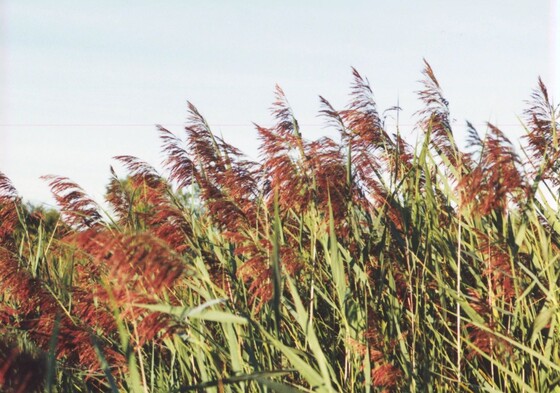Invasive Phragmites Statewide Management Strategy Now Available

[Reprinted from WDNR News Release]
MADISON, Wis. – The Wisconsin Department of Natural Resources (DNR) today announced a new guidance document, “Phragmites australis: A Statewide Management Strategy,” that lays out a Wisconsin-wide approach to managing the non-native plant Phragmites australis subsp. australis (common reed).
Non-native Phragmites is an aggressive wetland plant with a wide distribution across the continental United States. Because of its negative impacts on wetland function and areas developed for human use, it has long been the focus of many local management efforts in Wisconsin.
The guidance document defines the obstacles to successful Phragmites management, presents management alternatives and recommends a collaborative, long-term strategy to guide DNR and local efforts to more effectively control and reduce the impacts of these invasive reeds across Wisconsin. The guidance document is geared towards novices and professionals alike and is expected to grow and adapt as statewide goals are achieved and priorities change.
“With this guidance, the agency and local managers have a concrete path forward as we continue to tackle this species around the state,” said Matt Puz, DNR Wetland Invasive Plant Specialist. “We’re especially excited to have a larger impact on high-priority Phragmites populations in the western counties and on the critical habitats within the Lake Superior basin.”
The guidance document is divided into three parts: Part I details the impacts, ecology and biology of non-native Phragmites; Part II incorporates critical information about this species into management planning and control; and Part III describes the vision, goals and objectives of this new strategy.
Surface Water Grants administered by the DNR will prioritize Phragmites-focused planning and control applications that use this strategy. The aim is to align individual, site-specific goals and approaches with the large-scale, statewide goal of strategic, science-based management.
For more information, visit the Surface Water Grants webpage or download the complete Phragmites Statewide Management Strategy.
